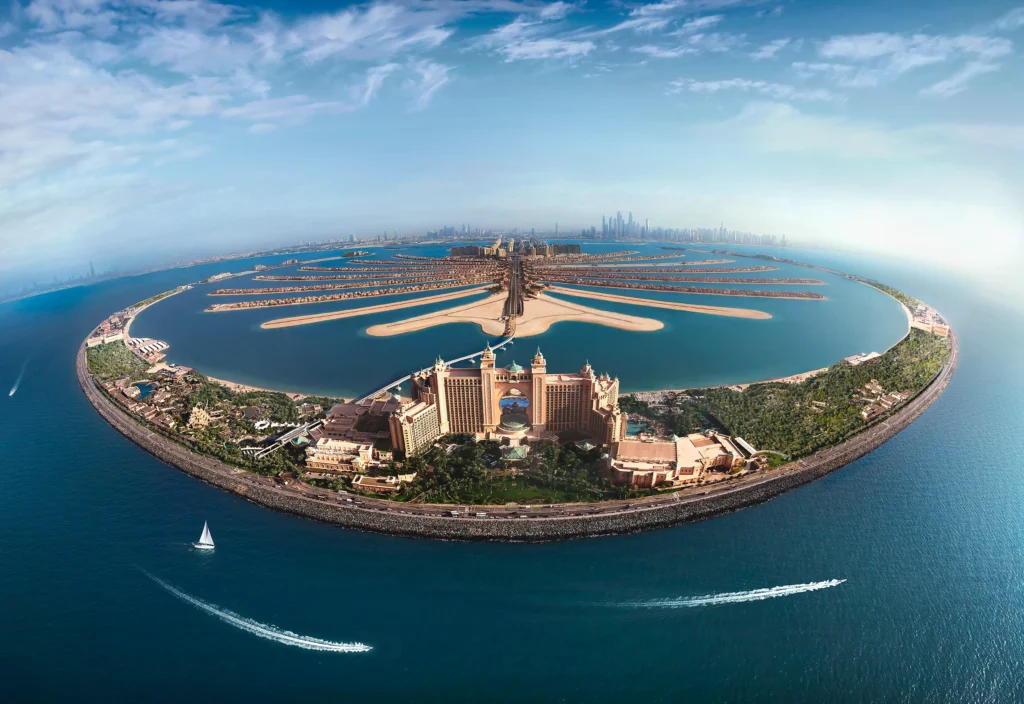The Paradox of Prosperity, An Analysis of Dubai Real Estate Brokerage Ecosystem
The Paradox of Prosperity An Analysis of Dubai’s Real Estate Brokerage Ecosystem By Paul Smith Dubai’s real estate market in 2024 is a paradox of prosperity. At the macro level, it is a story of historic success: record-breaking transaction volumes, soaring property values, and an unprecedented influx of investors. The city has firmly positioned itself as a global investment hub, with real estate transactions surpassing AED 761 billion this year, a 20% jump in value and 36% rise in volume compared to 2023. Over 110,000 new investors entered the market in 2024 alone, a staggering 55% increase. Apartments, which made up nearly 80% of all sales, reflect the strong demand for affordable urban living. Yet beneath this spectacular growth lies a very different reality for thousands of real estate agents who struggle daily to carve out a livelihood. For many, Dubai’s real estate brokerage landscape is not a land of opportunity but a battlefield of saturation, where competition is unforgiving, income is unpredictable, and success is concentrated among a small, elite circle. The disconnect between the booming market and the lived experience of the average agent lies at the heart of Dubai’s real estate paradox. The Market’s Two Realities Dubai’s real estate growth is driven by a blend of economic stability, investor-friendly policies, and aggressive developer strategies. The government’s initiatives to attract foreign direct investment and high-net-worth individuals have yielded tangible results, with the city outperforming many global peers. From skyscrapers along Sheikh Zayed Road to master-planned communities in the desert, Dubai continues to deliver on its promise of architectural ambition and cosmopolitan lifestyle. But while investors celebrate these opportunities, the average agent faces a starkly different world. The sheer scale of activity might suggest ample chances for all brokers to benefit, but prosperity is distributed unevenly. The sector has witnessed an explosion in the number of licensed professionals: from just under 6,000 brokers in 2016 to nearly 20,000 today. On top of this, anecdotal evidence suggests that unlicensed agents—operating illegally and often undercutting fees—may actually outnumber licensed ones. This parallel shadow workforce erodes trust, undermines compliant agents, and fosters a sense of unfairness. Thus, while the market as a whole flourishes, the ground-level experience is one of hyper-competition. Agents often describe their careers as “a daily battle,” where closing even a single transaction can take weeks of relentless, uncompensated effort. In such an environment, the apparent prosperity of the city masks a precarious struggle for those tasked with selling it. The Agent’s Grind A day in the life of a Dubai real estate agent is grueling. From early morning lead generation and cold calls to endless networking and follow-ups, the work is unrelenting and often unrewarded. The market’s saturation means that simple licensing is no longer enough; agents must constantly innovate, adapt, and hustle for visibility. The role has also evolved far beyond traditional salesmanship. Modern clients, particularly international investors, arrive armed with data from online portals, property apps, and analytics tools. For agents, this means they must be multi-skilled entrepreneurs: part legal adviser, part marketer, part financial consultant. They must master digital branding, build a strong online presence, and offer added value in a market where differentiation is critical. This transformation demands resilience. Agents must navigate cultural diversity, regulatory changes, and a flood of weekly new project launches—all while competing against peers with the same listings and pitches. The emotional toll is significant: months of outreach can lead to nothing, and when success finally comes, it is often perceived as luck rather than the culmination of long, invisible labor. The Commission Game At the heart of this sense of unfairness lies the industry’s financial model. Most agents in Dubai work on a commission-only basis, bearing all the risk of failure without the cushion of a steady income. For secondary sales, agents typically earn 2% of the transaction price, while rentals yield 5% of annual rent, sometimes with a minimum flat fee. Commercial transactions can bring higher returns, but they are harder to close. The most lucrative commissions lie in off-plan properties, where developers pay agents directly—often offering rates as high as 8% to incentivize sales. This is where the imbalance becomes most visible. Agents gravitate toward off-plan deals because the rewards are larger and faster, but in doing so, the resale market is neglected. Developers, meanwhile, consolidate their power by channeling the workforce’s focus onto their projects. Brokerage firms add another layer of complexity. The typical commission split is 50:50 between agent and firm, though top performers can negotiate up to 70%. Firms argue that their cut is necessary to cover overheads such as office space, technology, licensing, and compliance. But from the agent’s perspective, this structure compounds financial precarity: they shoulder the risk, while firms enjoy stability from a portfolio of agents and diversified revenue streams. Developers, The Real Winners The most decisive force in Dubai’s real estate ecosystem is the developer. Giants such as Emaar, Nakheel, and Damac are not merely builders but market architects. They plan, finance, and market entire communities, shaping both supply and demand. Their global reputation and financial muscle give them unparalleled leverage. Through high commission incentives on off-plan sales, developers effectively steer agent behavior. Faced with limited options in the secondary market and fierce competition among peers, agents are naturally drawn to the more profitable, developer-driven pipeline. The result is a brokerage community that becomes an extension of the developer’s sales force, amplifying their projects at the expense of independent market balance. It is little surprise, then, that developers emerge as the true beneficiaries of Dubai’s real estate boom. They control supply, shape incentives, and maintain consistent profitability, while agents navigate a volatile, winner-takes-all ecosystem. Thriving in a Saturated Market For agents, survival in this environment requires more than hard work, it demands a fundamental shift in mindset. Those who continue to approach the job as transactional salespeople often burn out quickly. The successful ones are those who reframe themselves as consultants and entrepreneurs. Specialization is a powerful tool. By


